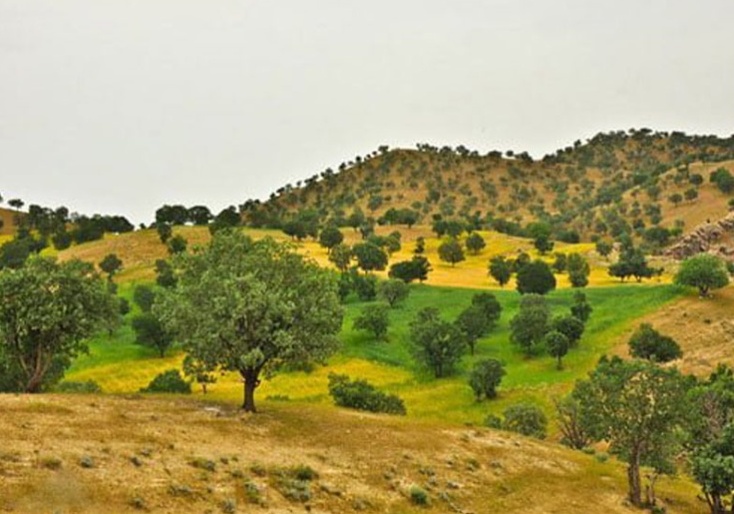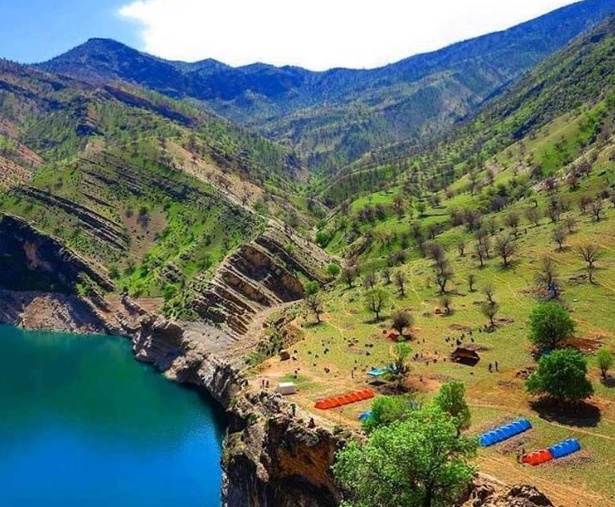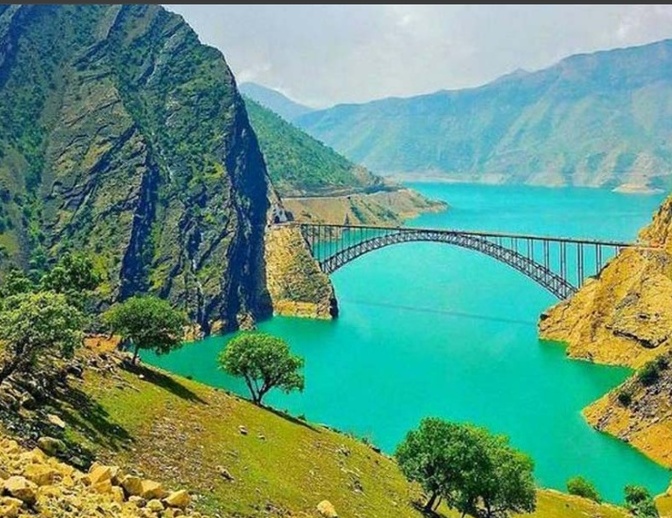SAEDNEWS: Discover the most stunning roads in Iran, where every turn reveals spectacular landscapes and unforgettable views that captivate travelers and nature lovers alike.
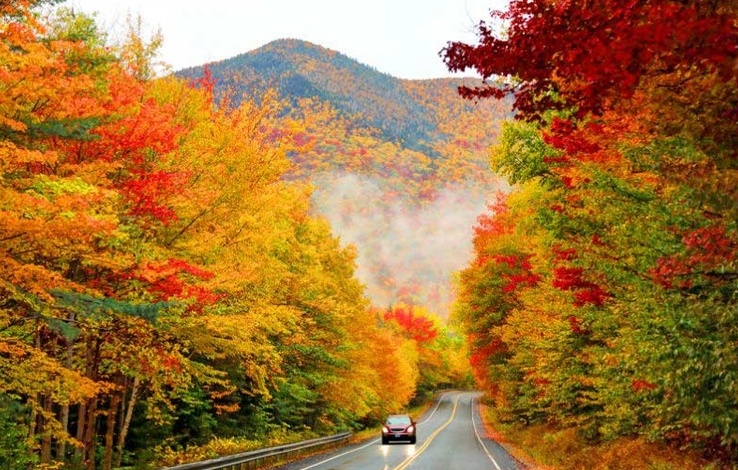
The most beautiful roads in Iran, during different seasons, offer perfect places for sightseeing and enjoying nature’s beauty. These roads are scattered throughout the country.
If you are a fan of road trips with your own vehicle, you have surely experienced driving along some of Iran’s most beautiful roads. Among these are the Abbasabad to Kelardasht road, Ardabil to Astara road, Asalem to Khalkhal road, Shahroud to Gorgan road, Chalus road, Chabahar to Bandar Gwatar road, Semirom to Yasuj road, Shahr-e Kord to Izeh road, and many more — all of which captivate every viewer thanks to their stunning natural surroundings.
In the following, we will introduce the most beautiful roads in different parts of Iran. If you love nature, join us and plan your visit to your desired destination.
The Abbasabad to Kelardasht road is one of the most beautiful forest roads in Iran, passing through the Hyrcanian forests of northern Iran. This part of the forest is known as the Abbasabad Forest, where the dense tree coverage makes some sections of the road quite shaded. The weather along this road is generally pleasant throughout most of the year and tends to be better than the surrounding areas. The road winds up and down through the mountainous terrain.
The most stunning sights along the Abbasabad to Kelardasht road include lush green valleys, sunlight shimmering through tall trees, and charming mountain cottages along the route. We recommend rolling down your car windows and listening to the beautiful music of nature. Enjoying the breathtaking scenery accompanied by the birds’ songs can become one of your most memorable experiences when traveling to western Mazandaran.
With an approximate length of 30 kilometers, the Abbasabad to Kelardasht road is one of the most popular roads in northern Iran, located in the western part of Mazandaran Province. It is accessible via Chalus Road and Marzanabad, as well as from the city of Abbasabad itself. Despite being in a busy and frequently traveled area, this road remains relatively pristine. Although it offers abundant natural beauty, travelers may encounter some difficulties while driving here.
If you plan to travel this road, it is important to know that there is no mobile phone signal along this mountainous route. The only facilities available are some roadside cafes; there are no other service centers. Therefore, ensure your vehicle is in good condition before entering this road. In case of any emergency, you can dial 112 on your mobile phone, even without a SIM card, to contact the emergency services and report your location.
To reach this beautiful road from the Kelardasht side, start at the intersection of Chalus Road and the main square of Marzanabad, then head west and enter Kelardasht Boulevard. Continuing through the city of Kelardasht, you will arrive at the entrance of the Abbasabad road.
If you want to access this road from the city of Abbasabad, you can enter the Abbasabad-Kelardasht road by following Shohada Street within Abbasabad city.
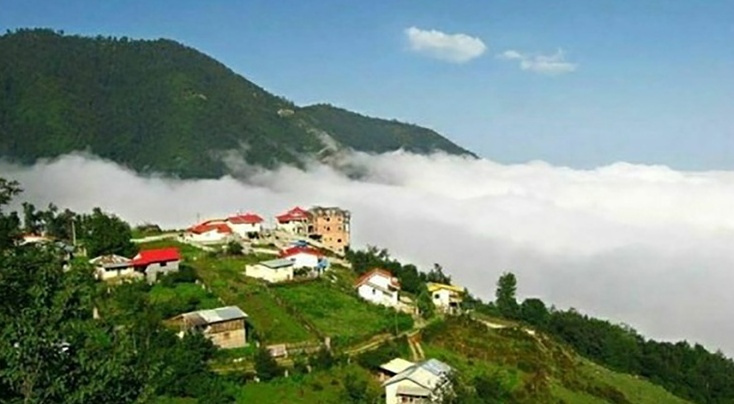

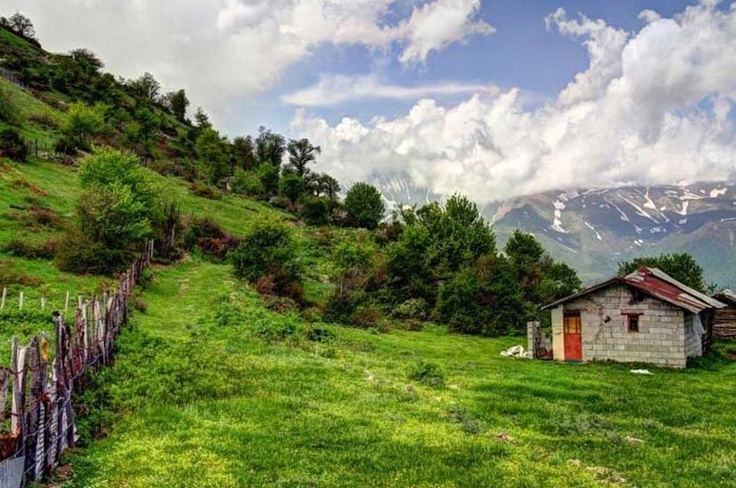

The Ardabil to Astara road is an 80-kilometer route that passes through one of the most beautiful green regions in northwestern Iran. This area lies on the border between Gilan and Ardabil provinces, both among the greenest provinces in northern Iran. The road is especially famous for the Heyran Pass, considered one of the most stunning mountain passes along roads in Iran.
Along the Ardabil–Astara route, you can enjoy views of lush and picturesque meadows. The best time to visit this region starts from late May and continues through late summer. If you enjoy traveling in colder seasons, autumn offers indescribable beauty here; however, in winter, especially during heavy rainfalls, traveling this road is difficult and only possible with snow chains.
Besides visiting the Heyran Pass, you can also plan to see the beautiful Fandoglu Forest, located on a side road from Duduran to Fandoglu. The entrance to the Fandoglu Forest road is 27 kilometers from Ardabil city, and the forest itself lies along this path. The Duduran–Fandoglu road continues up to Heyran Pass. The Heyran cable car is also located on this road.
Another notable natural area along the Ardabil–Astara road is the Hirkan National Park, which covers a vast area near the city of Astara. This protected area is part of the Hirkan forests of the Republic of Azerbaijan and stretches along the border with Iran about 20 kilometers before Astara city. Hirkan National Park begins about 30 kilometers west of Astara along the road and continues up to 10 kilometers before the city, extending further into Azerbaijan.
The Ardabil to Astara road is one of the most beautiful road routes in Iran, offering spectacular natural views throughout its length.
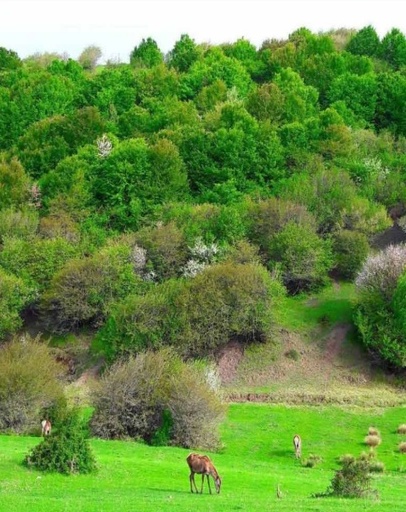


The Asalem to Khalkhal road is another one of the most beautiful roads in the northern provinces of Iran and one of the best routes for nature tourism in the country. It starts from the city of Asalem in Gilan Province and continues to the city of Khalkhal in the southern part of Ardabil Province. This road is one of the greenest and rainiest routes in northern Iran, and due to its elevation, it has a cold climate. Even on hot summer days, this route enjoys cool weather, so it is advisable to carry extra clothing when traveling here.
At the beginning of the road near Asalem, you will encounter dense tree cover on both sides of the winding path, with sunlight sparkling through the branches and leaves. Further along, the route opens to lush green plains located at the foot of snow-capped mountains. Like many forest roads in northern Iran, this one remains relatively pristine and offers some basic amenities. The most prominent attraction on this road is the Almas Pass, located 60 kilometers from Asalem. In this area, wooden cabins are available for accommodation, and staying there can be a very memorable experience.
The best seasons to travel the Asalem–Khalkhal road are spring and summer. In May, the plains along this route are filled with blooming poppies, and the trees are lush and full of blossoms. The road is approximately 70 kilometers long. Other nearby attractions include the summer village of Nav, Dasht-e Yeylaq, Neor Lake, and Narehgar Waterfall. These sites are a short distance from the road and accessible via secondary roads branching off from the main route.
The villages along this road are among the most beautiful summer resorts in Iran, where you can enjoy walking and resting while soaking in the pristine and breathtaking nature of the region. For hiking and forest trekking enthusiasts, various trails are available along the route. Therefore, do not rush through this beautiful road—be sure to allocate enough time to explore and enjoy the untouched nature of this area.
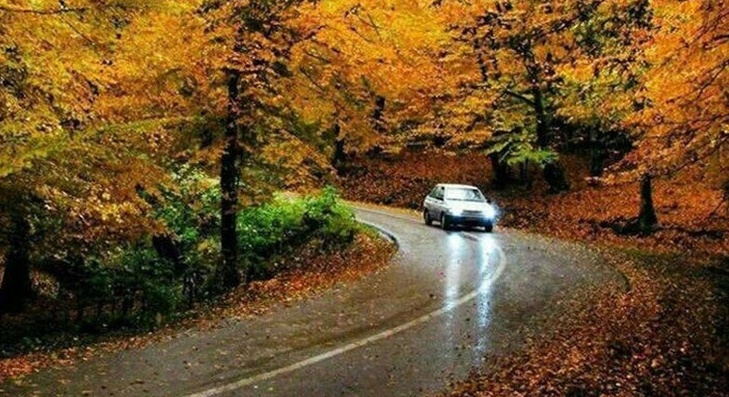

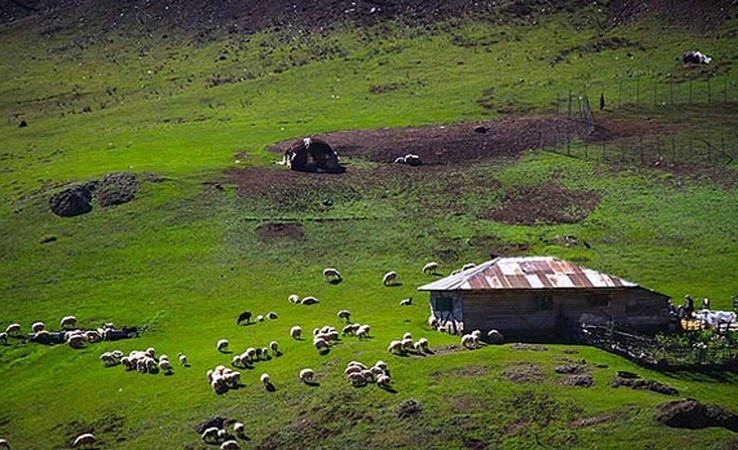
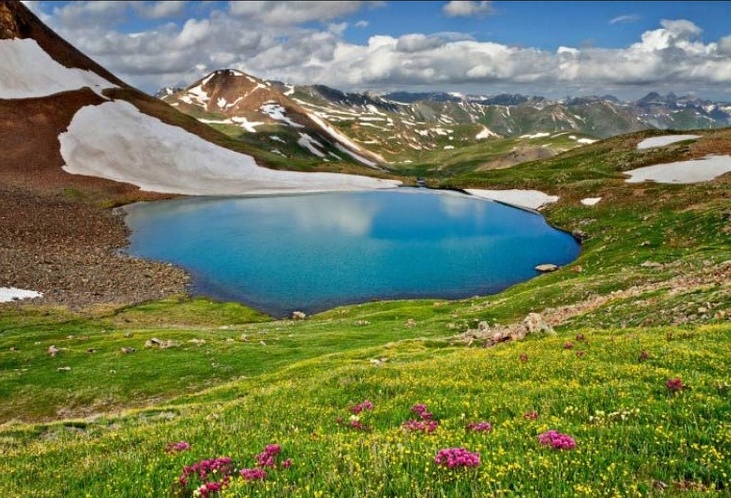
The Shahroud to Gorgan road is also known as the Tuskestan Road due to the Tuskestan Forest located along it. This road, with its many twists and turns and stunning natural scenery, is one of the most beautiful roads in Iran. Along the route, you will see a dense cover of oak, poplar, and wild pear trees, which contribute to the pleasant climate of the area. After navigating the winding road beside the Tuskestan Forest, you will reach the Jahan Nama region, where the change in vegetation will capture your attention. This area is covered with beautiful cypress trees and enjoys a unique climate. Jahan Nama is a protected area under the supervision of Iran’s Environmental Protection Organization.
The Tuskestan Forest is especially magnificent in autumn. The colorful trees along the road attract many tourists during this season. Numerous springs and waterfalls surround this forest, and you can enjoy viewing them while walking through the woods. The villages along this road are among the best summer resorts in northeastern Iran and are very popular with visitors. Other natural attractions near this road include Bastam’s Seven-Colored Spring, Shahvar Peak, Alangdareh Forest Park, Ghargh Forest Park, and the village of Ziarat.
The Shahroud–Gorgan road is approximately 130 kilometers long and remains one of the most pristine and scenic routes in Iran.

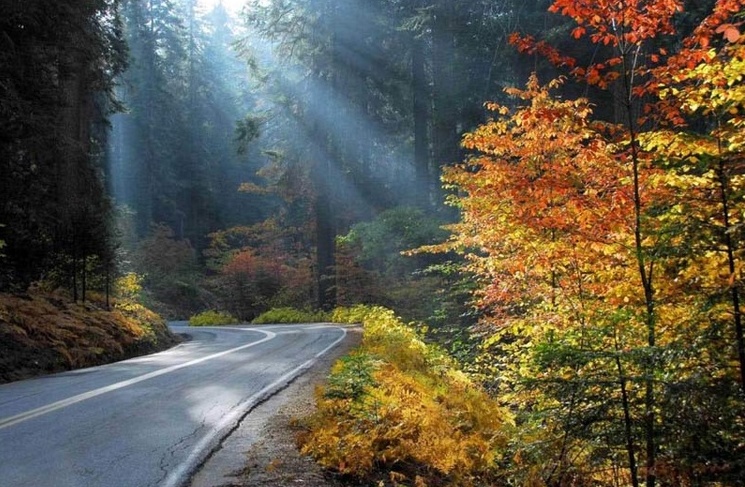
Chalous Road is one of the most famous roads in northern Iran and, due to its proximity to Tehran as well as being a key route to northern cities—especially in Mazandaran Province—is among the busiest roadways in Iran. The road stretches about 160 kilometers and winds through some of the greenest forests and most beautiful mountains in the region.
Along different parts of Chalous Road, numerous natural attractions, pleasant villages, and scenic summer resorts draw many tourists throughout the year. At the beginning of the route from Karaj, you first reach the Karaj River and Amir Kabir Dam. This river is the only access route to the village of Varian; however, traveling by boat to Varian is only allowed for local residents, and general public access is restricted.
After crossing the Karaj River, many villages and natural sights are located along Chalous Road. You can visit these attractions by taking various side roads. Among the most important summer resorts on this road are the villages of Khor, Atashgah, Nojan, Morud, Gachsar, and Asara. The Asara region, with its beautiful vegetation, excellent climate, and numerous villages, is one of the key areas along Chalous Road and is also known for its high-quality dairy and local products.
Other notable sights near Chalous Road include the Chahar Sad Tanur Waterfall, Veleh Spring, Salsal Castle, Haft Cheshmeh Waterfall, and Shahshtanak Palace. To fully experience the beauty of Chalous Road, one should visit multiple times, as it has become one of the busiest routes in the country over recent years. The entrance to this road is located in Alborz Province, north of Karaj city in the Azimieh area. In Mazandaran Province, you can access Chalous Road from the cities of Chalous and Marzan Abad.
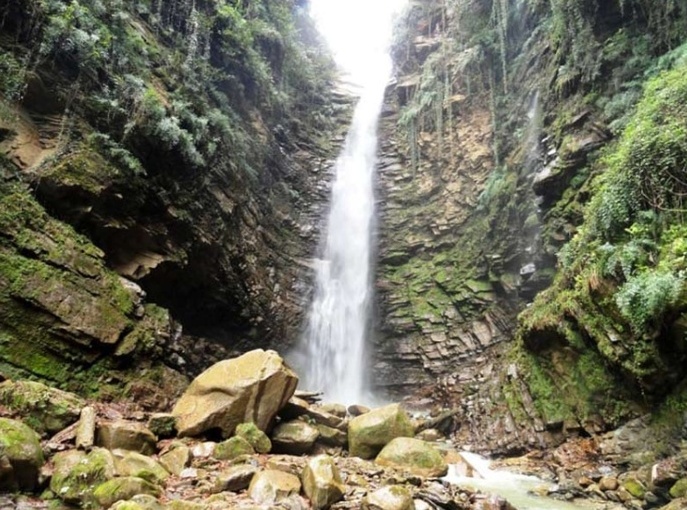
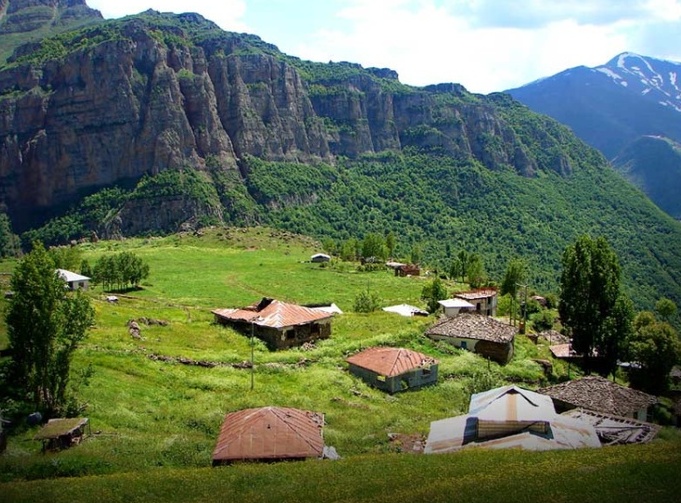
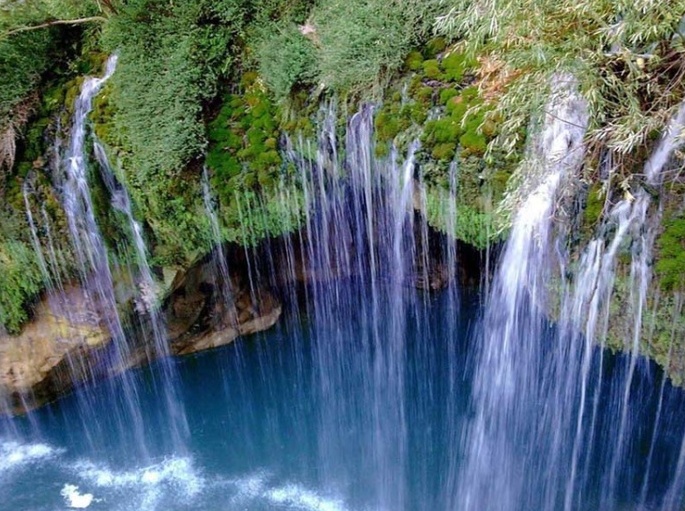

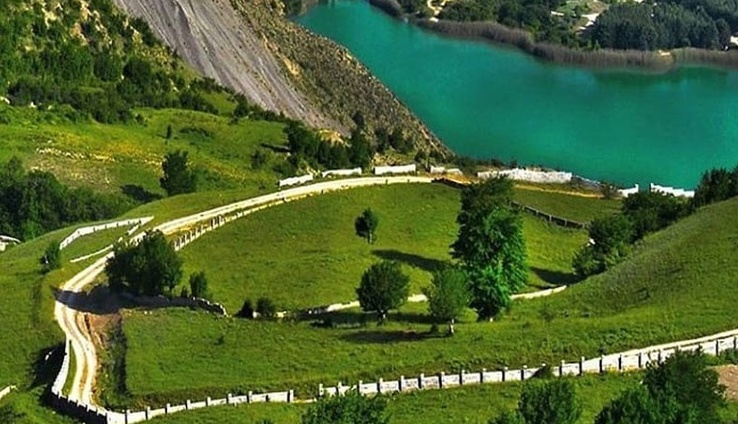
The Dohezar Forest Road is one of the most beautiful forest routes in northern Iran, beginning from Shahsavar (now known as Tonekabon) and extending deep into the Dohezar forests. This road ascends through mountainous terrain covered with lush greenery and offers some of the most stunning views of the Caspian Sea and the verdant northern regions of Iran. Along the Dohezar Forest Road, a beautiful river accompanies you, and the dense trees of the forest form a canopy overhead.
Along the route, there are various forest trails that are dreamlike paths for nature lovers. If you are interested in forest hiking, with proper equipment and a knowledgeable guide, you can venture on foot to the highland pastures of this forest. The best time to visit the Dohezar Forest Road is from late summer to late autumn. In spring, the forest also reveals indescribable beauty. Although winters are cold and rainy, snowfall is rare in this region; precipitation mostly falls as heavy rain during the winter months.
Among the most notable highland villages around the Dohezar Forest Road are Asal Mahalleh and Aghuzhal. The mountains favored by mountaineers in this forest include Gardkuh, Sialan, and Siahkal. Access to the Daryasar Plain is also possible from this forest through a long hike, which requires careful planning, proper gear, and an experienced guide. Dohezar Forest is regarded as one of the most beautiful and pristine areas in northern Iran, and access to the Dohezar Forest Road is possible from Khorramabad city, located south of Shahsavar. The road signs in this area provide good guidance for entering the Dohezar Forest Road.
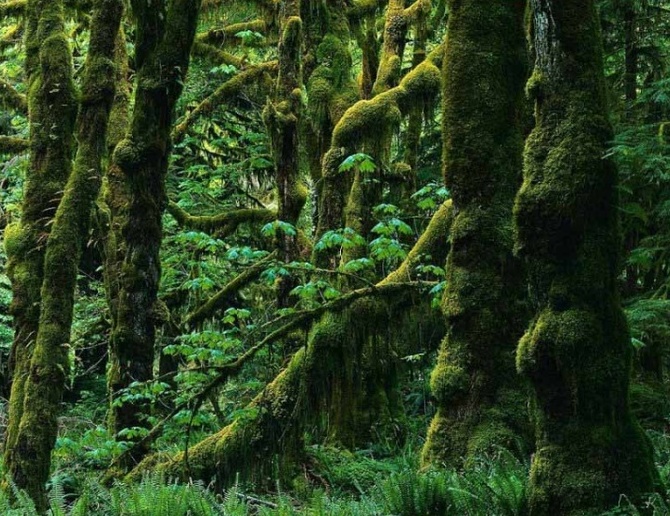
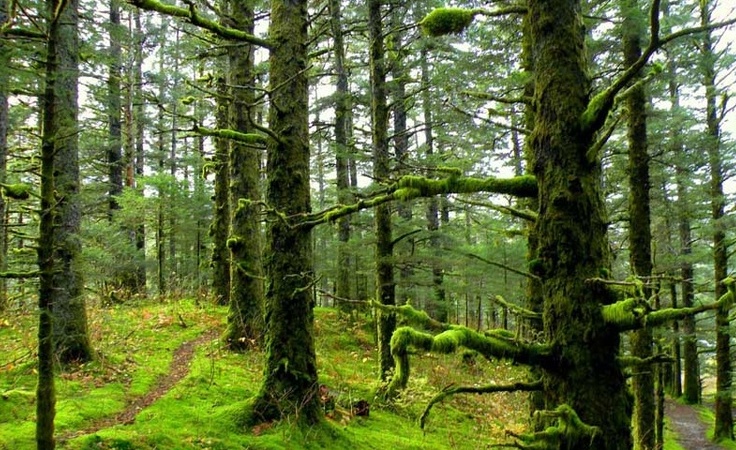
The Saravan to Fuman road is one of the greenest routes in Gilan Province, with a length of 45 kilometers, providing a shorter connection between the two cities. The busier route in this region is the road that connects Saravan from Rasht to Fuman. Although this second route is longer, it has more traffic because it passes through Rasht.
The Saravan-Fuman road is among the most verdant roads in Gilan Province and features prominent attractions along the way. On this road, you can visit the Gilan Rural Heritage Museum, which is located in an open area surrounded by beautiful nature. Among the most important natural attractions on this route are the Saravan and Saqalaksar lakes.
The best time to travel the Saravan-Fuman road and visit its attractions is during spring and early summer. At this time, the water of Saravan Lake is covered with a green layer of natural moss, creating stunning scenery. This lake is located near the entrance of the Saravan Forest Park. Saqalaksar Lake is another notable attraction along this route, especially beautiful for recreation in spring.
Besides enjoying the natural attractions on this road, you can also appreciate the lush green fields, diverse vegetation, and dense trees that line the route. To access the Saravan-Fuman road, after leaving Saravan and before entering Rasht, take the Fuman road exit from the Qazvin-Rasht highway, then keep to the left heading west.
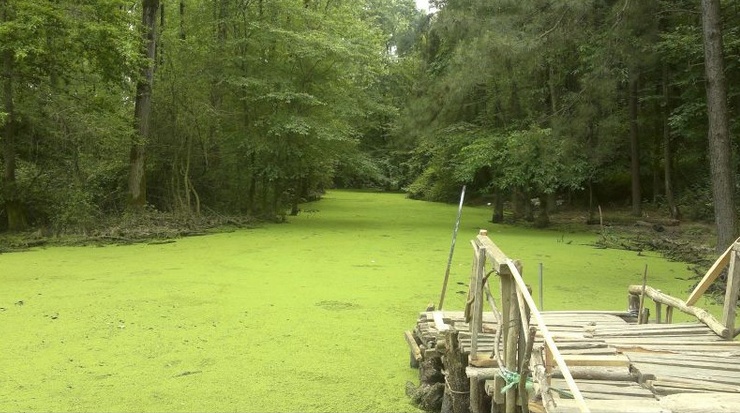


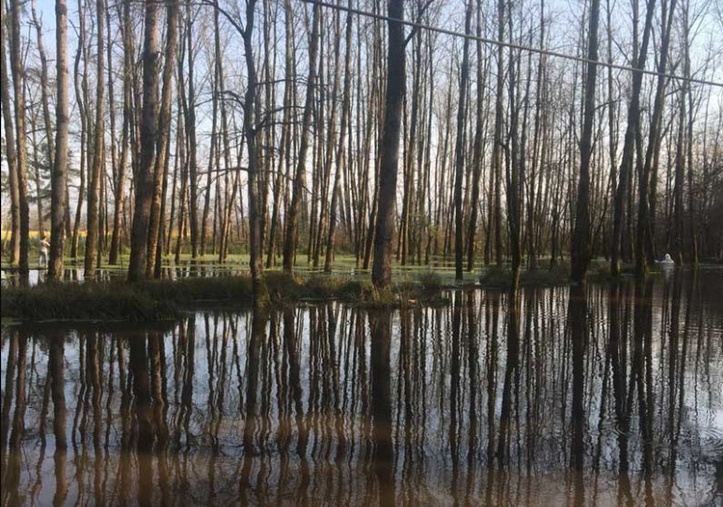
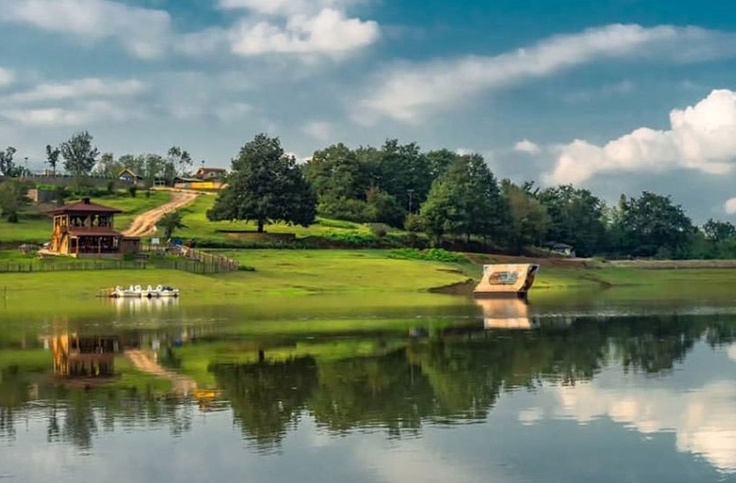
The Siahkal to Deylaman road is one of the secondary routes in Gilan Province, known for its very pleasant weather during autumn and spring. Although the beautiful nature along this road is lush and spectacular in summer as well, sunny days can bring uncomfortable heat. If you take the side paths leading to the surrounding heights, you can experience a magnificent view and cool air. The forest texture in this area is dense and situated on a steep slope.
The best time to visit the Siahkal-Deylaman road and its surrounding attractions is in Ordibehesht (April-May). At this time, the nearby plains are covered with yellow and red flowers, and the sounds of flowing water and birdsong fill the air. The beginning of this road from Siahkal starts with beautiful and dense forests. These forests are often covered with mist during the early hours of the day, especially in spring and autumn.
At the start of the Siahkal-Deylaman road lies the "Loonak Waterfall," which has a suitable area around it for camping. To visit this waterfall, you need to take a side path that goes uphill from the main road. The twin Loonak Waterfalls have a height of 6 meters and are easily accessible. This path offers a beautiful view of the Deylaman region. Other sights along this road include the "Titi Caravanserai" and the "Larikhani Forest." The Siahkal Forest Park, Pashuran Pool, and Kutul Castle are also located near this route.
If you are a fan of forest hiking, you can take a long walk through Larikhani Forest to reach its mineral spring and, by continuing further, arrive at the meadow and highland above the forest. The city of Siahkal is located 18 kilometers southwest of Lahijan and 40 kilometers...
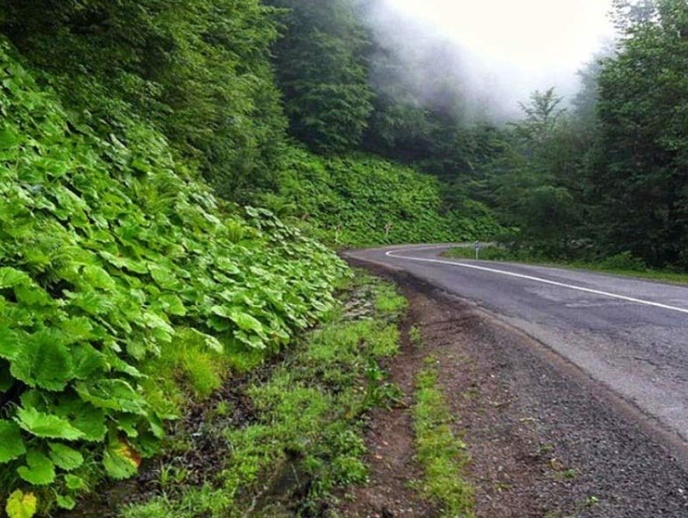
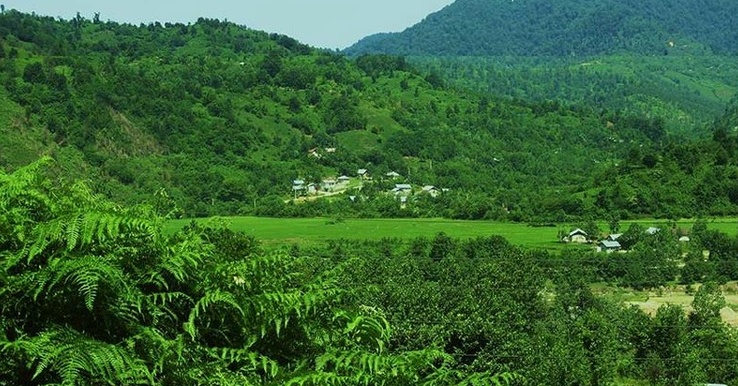
The road to Filband Village is located on the Haraz Road in a mountainous and very pleasant climate area, where even on hot summer days the air remains cool and spring-like. In winter, this area is blocked due to heavy snowfall, making travel difficult during the cold and rainy winter days. The Filband Village road, being situated on a steep mountainous path, has many slopes, and frequent heavy rains throughout the year make traversing it even more challenging.
The further you proceed along the Filband road, the more enchanting the views become. Along the route, vast green plains dotted with solitary trees catch your attention. Around this road, there are many small and large water springs, the most famous of which is the "Lar Spring." Filband Village is located at the end of this road and is known as the "roof of Mazandaran."
The best time to travel to the Filband road and village starts from mid-spring and continues until the end of summer. In spring, you can witness rain, sunshine, and rainbows all together along this beautiful road. At the end of the Filband road, you will reach the highest point of Mazandaran Province. If you visit early in the morning, you can walk above the clouds. From the altitude of Filband Village, the most beautiful plains of Mazandaran lie beneath your feet, and the surrounding views offer unique panoramas of the province. This area overlooks the Alimastan Forest, and the Chelav Forest, Sangchal Village, and Pashakola Village are among the most beautiful attractions around the Filband road.
To reach the Filband road, you must travel approximately 140 kilometers from Tehran along the Haraz Road to the beginning of this road. The closest cities to the Filband road are Amol and Babol. The length of this road is about 30 kilometers.
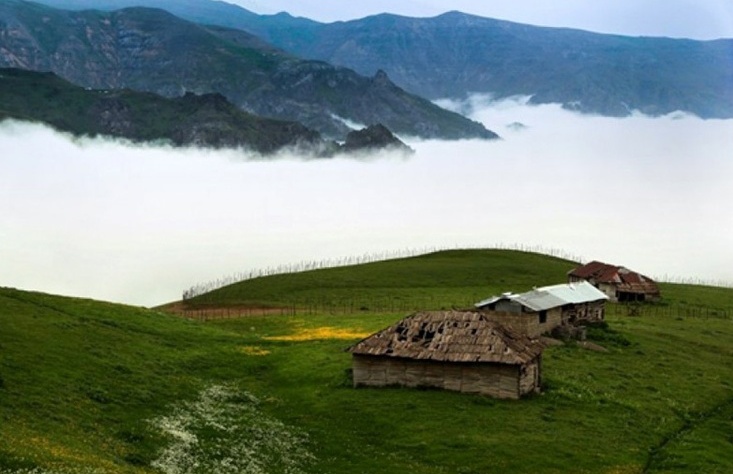
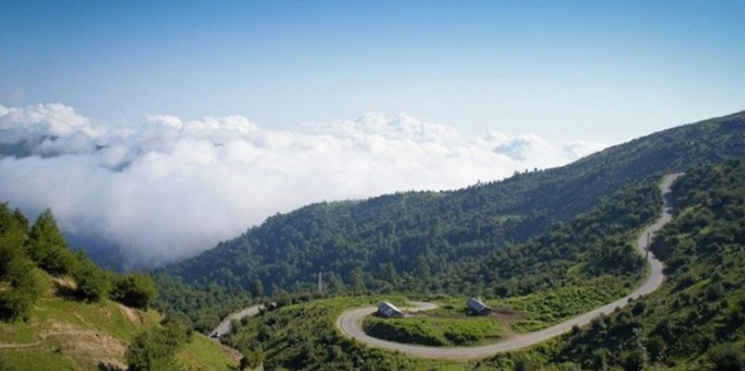
Haraz Road, like Chalous Road, is one of the most famous northern roads in Iran, providing access to Mazandaran Province for residents of Tehran and central cities of Iran. Along its route, Haraz Road passes through beautiful, lush, and pastoral areas, each of which is among the most renowned summer resorts (yaylaks) in Iran. Few people travel to the northern cities of Iran via Haraz Road without having passed through it, yet most are unaware of the outstanding tourism potentials along this route and simply use it as a passageway.
Some of the most important summer resorts along Haraz Road include Jajrood, Abali, Polur, and Gaznak. Enjoying the stunning landscapes along the way and resting in the villages and attractions beside the road can make your trip on Haraz Road much more memorable. Throughout the road, you will find villages, wetlands, dense forests, and hot springs that are worth visiting. Moreover, the availability of roadside restaurants along Haraz Road enhances the pleasure of traveling this route.
While traveling along Haraz Road, you can frequently turn off onto side roads to explore and enjoy the natural attractions near the main road. One of the most beautiful natural sights along Haraz Road is the Tar and Hooyr lakes, located after the Abali area. To visit these beautiful lakes, you need to head toward Damavand and follow the guide signs toward the lakes.
In the Polur area, along the edge of Haraz Road, there is a famous region called Gol Zard (Yellow Flower region), which in May (Ordibehesht) is covered with yellow flowers. If you visit Haraz Road during this month, you can witness a dreamlike flower-filled plain. Near this plain, there is a cave with the same name, which requires a long hike, a knowledgeable guide, and sufficient equipment to visit.
Other beautiful areas near Haraz Road include Niva Village and Azo Plain, both renowned for their exceptional beauty. Niva Waterfall freezes during the cold seasons, forming long icicles. Continuing on Haraz Road toward Mazandaran, you will reach Imamzadeh Hashem and Abask, and then the beautiful village of Vineh, which is also suitable for camping and offers lovely scenery. Lar Plain, Shahandasht Waterfall, and Bahman Castle are among other attractions along Haraz Road in the Polur and Shahandasht village area. Filband Village and Alimastan Forest are other prominent sites on this road, which welcome many tourists throughout the year.
Before reaching the end of the road, you can also visit the hot springs of Mazandaran located in Larijan and Avij. To get to Haraz Road from Tehran, you must take the eastern exits of the capital, proceed along Damavand Road toward Pardis and Damavand, and then enter Haraz Road. The length of this road is approximately 125 kilometers.
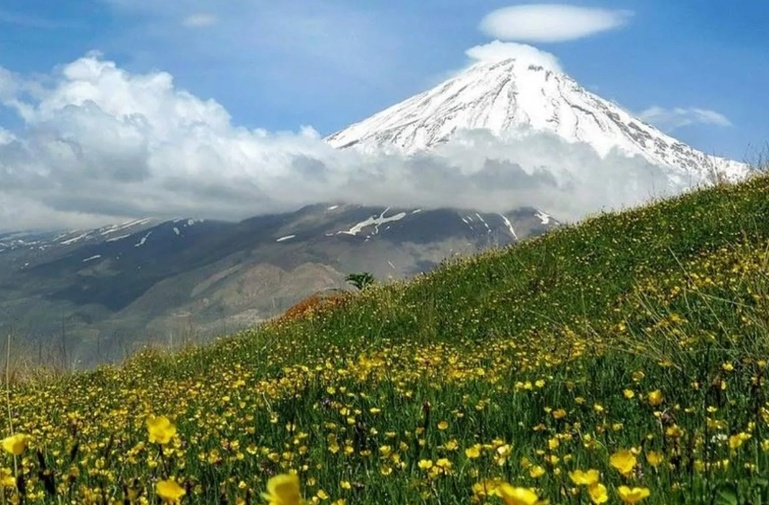
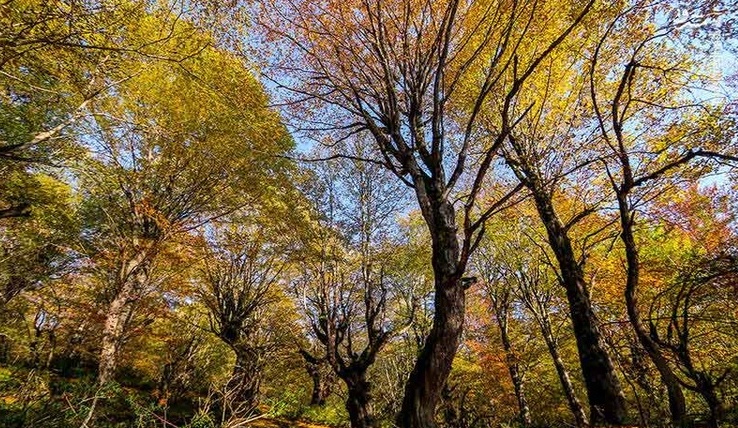
The road from Hajij to Oraman Takht is one of the most unique roads in Iran, running through a mountainous route that connects two beautiful villages in the Kurdistan and Kermanshah provinces. The villages in this area feature stepped houses, and powerful, roaring rivers flow around them. Along the Hajij to Oraman Takht road, you will pass rocky mountains, lush nature, rushing springs, and steep slopes. This road is one of the most winding roads in Iran and offers pristine natural landscapes.
Between the villages of Hajij and Oraman Takht, there are two different routes, both beautiful and winding, but one of them is shorter. Despite the shorter length of one route, the longer road is more popular due to its greater natural beauty and attractions. The mountain slopes along this road bloom with colorful flowers in spring and summer. The best time to visit this area is during the first six months of the year. In winter, this region is snowbound and the road is closed.
Among the most prominent natural attractions of the Hajij-Oraman road are Mount Shaho and the Sirvan River. The length of the shorter route between Hajij and Oraman Takht is approximately 40 kilometers and lies mostly within Kurdistan Province. The longer route is about 50 kilometers and mostly passes through Kermanshah Province. Due to the untouched nature of the area, road facilities are limited, and the roads are not of high quality; however, the beauty of this region attracts many tourists. To reach the Hajij-Oraman Takht road, you can travel to the city of Paveh in Kermanshah Province. The village of Hajij is located 30 kilometers northwest of Paveh.

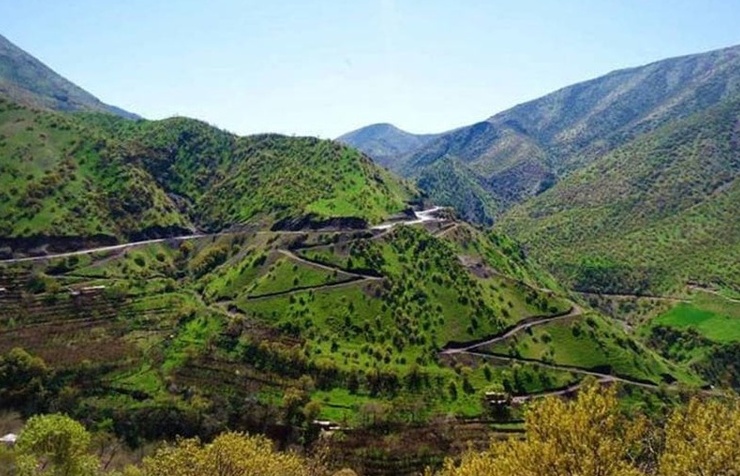
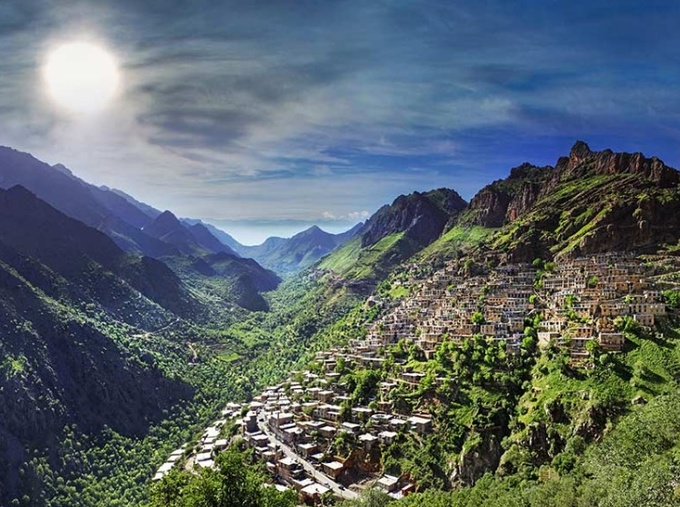
Most of the Shahrekord to Izeh road lies within Chaharmahal and Bakhtiari Province. This small province is located in the central Iranian plateau, nestled in the Zagros Mountains. The Shahrekord to Izeh route passes through some of the most beautiful mountainous landscapes and scenic plains.
One of the most stunning natural attractions along the Shahrekord to Izeh road is Helen Plain. Helen Plain is a protected area that encompasses a collection of some of the most beautiful valleys, plains, villages, mountains, and rivers. This plain is also home to the tents of the local nomadic tribes, and if you travel through it in spring, you can see the nomads camping in various spots. The Karun River flows through this region, attracting many tourists.
Besides Helen Plain, another protected area is located along this mountainous road, known as the Dehdaz Protected Area, near the city of Izeh in Khuzestan Province. The Chegakhur Wetland is another notable attraction near Shahrekord along this road, situated adjacent to the beautiful Kelar Mountain. The Karun Dam and its lake near this road provide a picturesque environment ideal for camping and sightseeing.
The best time to visit the natural beauties along the Shahrekord-Izeh road is during spring and autumn. To access this scenic road, after passing Qamar Bani Hashem Square in southern Shahrekord, take the right exit onto the Helen Plain road.
